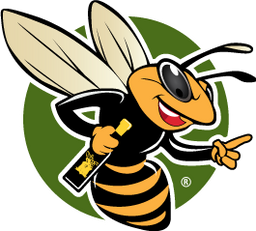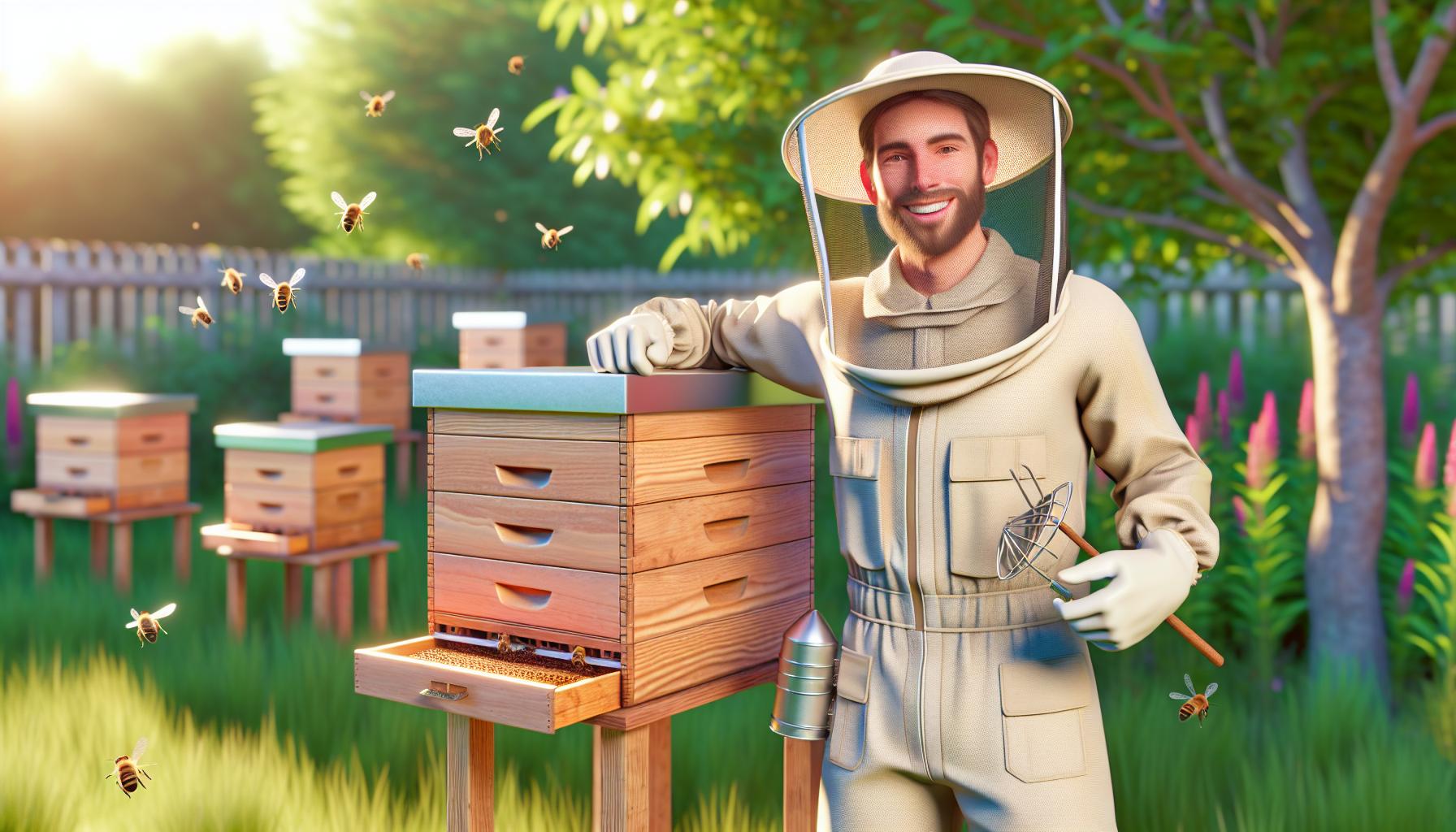Beekeeping is a fascinating and rewarding activity that strengthens the connection between humans and nature while supporting vital ecosystems. However, whether you're a beginner or an experienced apiarist, having the right beekeeping equipment is crucial. Proper gear ensures the safety of the beekeeper and the well-being of the bees, allowing for efficient hive management and honey production.
Understanding and investing in high-quality beekeeping equipment enhances productivity and minimizes risks. From protective clothing to essential tools, every piece of gear plays a role in maintaining a thriving bee colony. This guide covers everything you need to know about essential beekeeping equipment, advanced tools, and maintenance tips to help you succeed in this fascinating practice.
Essential Beekeeping Gear
To ensure safe and effective hive management, beekeepers need various pieces of equipment. The most crucial categories include protective clothing, hive tools, and hive components.
Protective Clothing
Protective clothing is the first line of defense against bee stings. Even the most experienced beekeepers wear protective gear to minimize risks while handling hives.
-
Beekeeping Suit: A full-body suit made from breathable yet durable fabric prevents bee stings. Ventilated suits are ideal for working in hot weather.
-
Gloves: Long, sturdy gloves protect hands from stings while allowing flexibility for handling frames and tools.
-
Veil: A beekeeper’s veil is essential for shielding the face and neck from bees. It provides visibility while preventing bees from coming too close.
-
Boots: Waterproof, high-ankle boots prevent bees from crawling inside and stinging feet and ankles.
Essential Hive Tools
Beekeepers require specialized tools to maintain and inspect hives efficiently. The most important ones include:
-
Smoker: A smoker produces cool smoke that calms bees during inspections, reducing aggressive behavior and making hive management easier.
-
Hive Tool: A multi-purpose tool used to pry apart hive components, scrape off propolis, and remove wax buildup.
-
Bee Brush: A soft-bristled brush gently removes bees from frames without harming them, making inspections smoother.
-
Bee Feeder: During nectar shortages, a feeder supplies sugar syrup or pollen substitutes to sustain the colony.
Hive Components
Choosing the right hive type is crucial for colony health and honey production. The three most common hive types are:
-
Langstroth Hive: The most popular hive style, featuring removable frames that simplify inspections and honey extraction.
-
Top-Bar Hive: A horizontal design that allows bees to build natural combs, offering a sustainable alternative to traditional hives.
-
Flow Hive: A modern hive design that enables honey extraction without disturbing the bees, reducing stress on the colony.
Beekeeping Gear for Beginners
Starting beekeeping requires a well-rounded selection of tools. New beekeepers can benefit from purchasing starter kits that include all necessary equipment.
Starter Kits
A high-quality starter kit typically includes:
-
A beekeeping suit, gloves, and veil
-
A hive tool and smoker
-
A bee brush and feeder
-
A Langstroth hive with frames
These kits simplify the purchasing process and help beginners focus on learning hive management techniques without worrying about missing essential equipment.
Recommended Brands
Several brands are known for their quality beekeeping equipment. Some top-rated options include:
-
Mann Lake: Offers durable and comprehensive starter kits.
-
Dadant: Provides professional-grade beekeeping tools and protective gear.
-
Kelly Beekeeping: Features high-quality, affordable beekeeping essentials.
-
Betterbee: Known for its educational resources and reliable equipment.
Advanced Beekeeping Gear
As beekeepers gain experience, investing in advanced tools enhances efficiency and productivity. These specialized tools assist with honey harvesting, queen management, and hive maintenance.
Hive Management Tools
-
Queen Excluder: A grid that prevents the queen from accessing certain parts of the hive, ensuring honey purity.
-
Frame Grip: A tool that securely holds frames during inspections, reducing the risk of accidental drops.
-
Bee Escape Board: A device that helps remove bees from honey supers before extraction.
Honey Extraction Equipment
-
Honey Extractor: A centrifugal device that spins frames to extract honey while preserving comb integrity.
-
Uncapping Knife: A heated knife that removes wax caps from honey cells before extraction.
-
Strainer: A fine-mesh tool that filters out impurities, ensuring clean and high-quality honey.
-
Honey Bucket: A food-grade container used for storing harvested honey.
Maintenance and Care of Beekeeping Gear
Proper maintenance of beekeeping equipment ensures longevity and efficiency. Regular inspections and cleaning help prevent disease spread and equipment deterioration.
Cleaning Protective Clothing
-
Wash beekeeping suits, gloves, and veils with mild soap to remove wax, propolis, and pollen.
-
Air-dry protective gear to prevent fabric shrinkage and maintain durability.
Maintaining Hive Tools
-
Clean hive tools after each use to prevent bacterial growth and disease transmission.
-
Disinfect hive tools by boiling them in hot water or using a mild bleach solution.
-
Store tools in a dry area to prevent rust and corrosion.
Caring for Smokers
-
Remove ash and debris after every use to maintain proper airflow.
-
Inspect and replace bellows when they show signs of wear.
-
Store smokers in a dry location to prevent moisture damage.
Hive Inspection and Storage
-
Regularly check hives for signs of pests, diseases, or damage.
-
Repair or replace broken hive components to maintain structural integrity.
-
Store unused hive components in a clean, dry space to prevent mold and pest infestations.
Conclusion
Investing in the right beekeeping gear is essential for both beginner and experienced beekeepers. Proper equipment ensures the safety of the beekeeper, promotes colony health, and enhances efficiency in hive management. Whether you are just starting or looking to upgrade your gear, understanding each tool’s role in beekeeping helps create a thriving and productive apiary.
By choosing high-quality protective clothing, essential tools, and advanced equipment, beekeepers can enjoy a fulfilling and successful experience. With proper maintenance and care, beekeeping gear will last for years, allowing for a seamless and rewarding journey in the world of beekeeping.
Frequently Asked Questions
What is the most important protective gear for beekeeping?
The most essential protective gear includes a beekeeping suit, gloves, veil, and boots. These items protect beekeepers from stings and ensure comfort while working with hives.
How often should beekeeping equipment be cleaned?
Protective clothing should be washed after every few uses, while hive tools should be cleaned and disinfected after each hive inspection to prevent disease spread.
What is the best type of hive for beginners?
The Langstroth hive is the most beginner-friendly due to its removable frames, which make hive inspections and honey harvesting easier.
How does a smoker help in beekeeping?
A smoker produces cool smoke that masks alarm pheromones released by bees, calming them and making hive inspections smoother and safer.
What should be included in a beginner’s beekeeping kit?
A beginner’s beekeeping kit should include a suit, gloves, veil, hive tool, smoker, bee brush, and a starter hive (such as a Langstroth hive).



